Trovanti — amazing "living stones" of Romania, which scientists stumped
Categories: Nature
By Pictolic https://pictolic.com/article/trovanti-amazing-living-stones-of-romania-which-scientists-stumped.htmlThese unusual stones can be found in Romania, and more specifically, in the Central and southern parts of the country. People call them travanti and give the characteristics of living beings. Locals say that these stones can grow, breed and even breathing, which provides an endless stream of tourists. Scientists, many years researched Romanian trovanti deny their biological origins, but despite this, I can't explain all the processes in these stones.
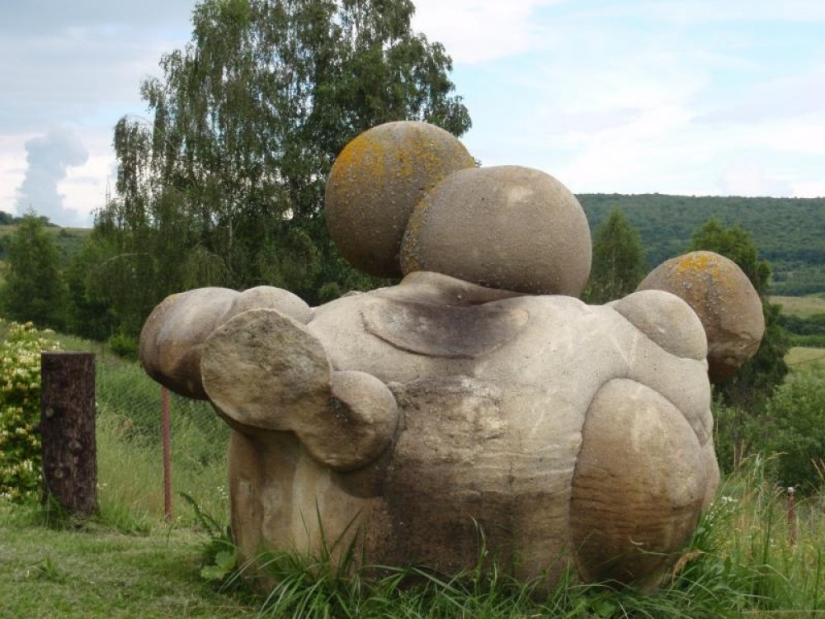
Trovanti represent a rounded or elongated streamlined mineral formations, almost devoid of large tabs and chips. The main material of this stone widespread on the Earth everywhere, natural material — Sandstone. But from the other blocks of this mineral trovanti differ very much.
The main mystical property of these round stones — their growth. Trovanti actually increase in size, and like mushrooms after a good rain. In Romanian villages like to tell you about what small stone can one rainy night rise twice, and a third. Of course, this is just stories, but they are not without reason.
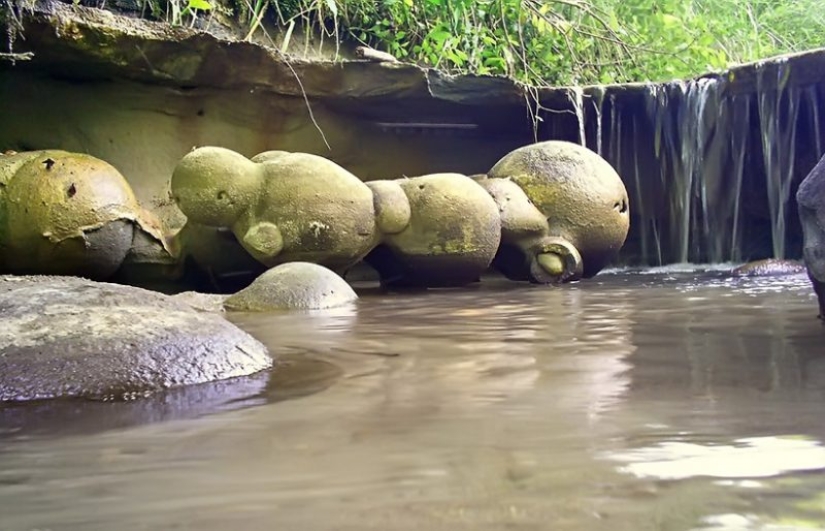
Trovant slightly increase in size, if it is surrounded by a moist environment, but very modestly, often invisible to the eye. The smaller the stone, the faster its growth. Notice how grown up the biggest travanti, weighing several tons, is possible only by using measuring devices.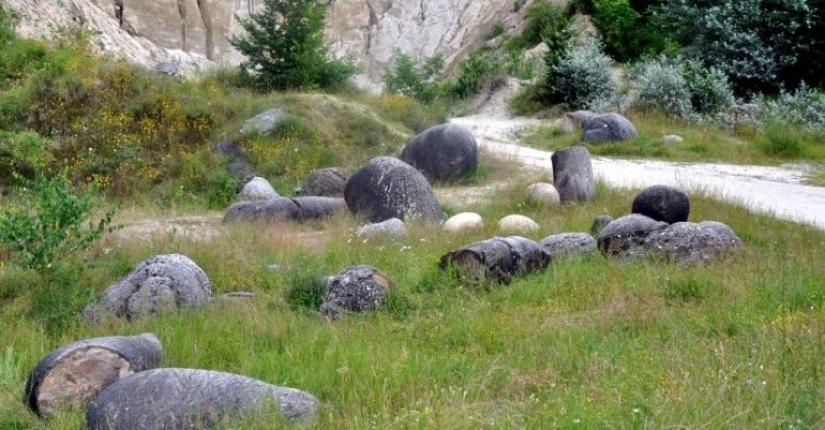
Geologists were able to explain this strange phenomenon, in which there is nothing magical. If you carefully cut it in half trovant, you can see different thickness and color of a ring, as in tree cutting. In the center is a small solid core. These layers consist not only of Sandstone — shades of different colors gives them a high content of mineral salts.
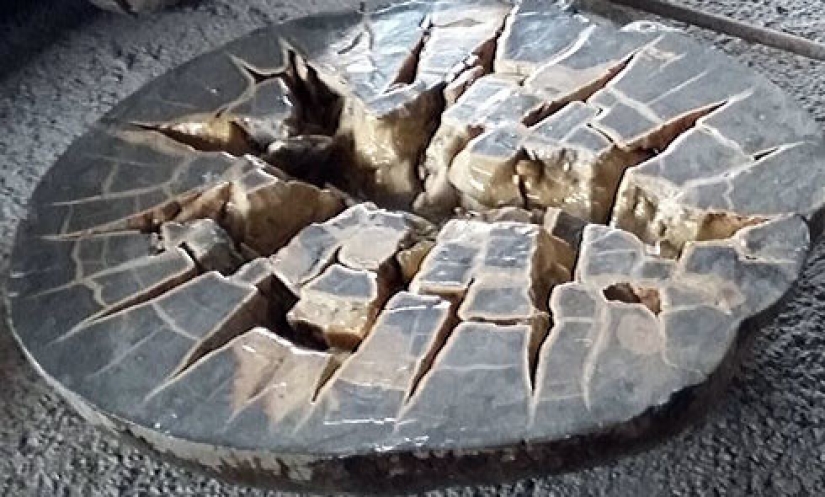
Trovant when wet, the material of which it is composed, expanded and stone grows. In the long run, the increase in the size trovata due to a gradual cementation of sand on its surface — a century after century, layer by layer.
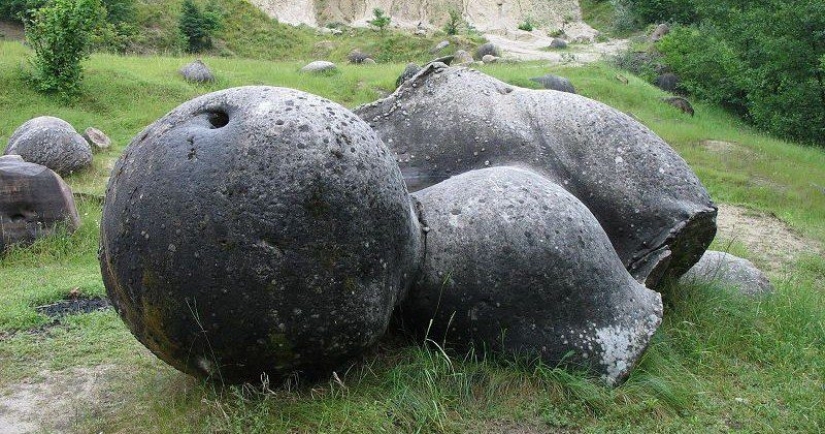
But there travanto feature that while science can not explain. These stones are able to reproduce and it happens in a way very similar to the budding. First, on the surface of the blocks appears tubercle, which increases in size and then disappears from the parent stone and becomes the new trovata.
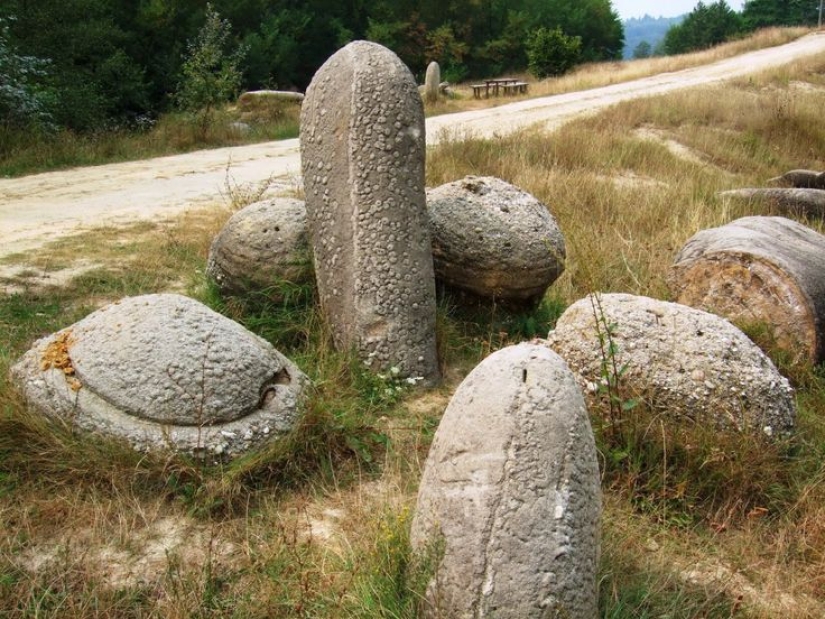
The phenomenon is so unusual for the world of minerals, which even eminent scientists thought about how, not whether we are dealing with not yet discovered the inorganic form of life. But as we would not want to believe in miracles — everything is much more prosaic and we're just dealing with not described earlier geological process.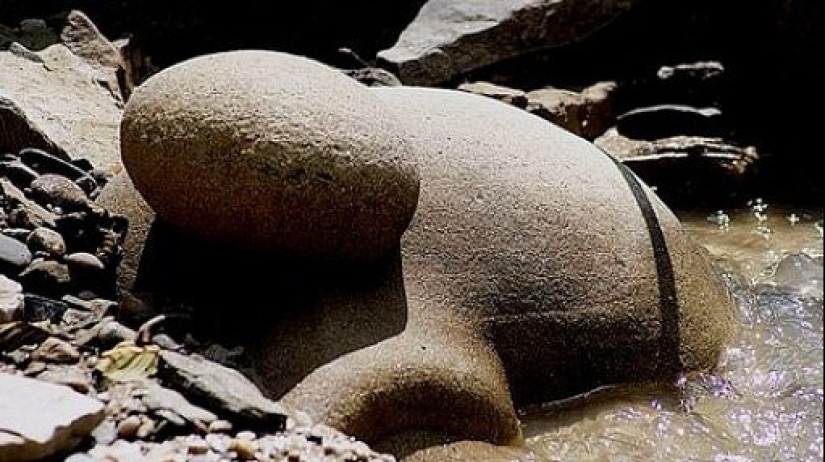
People, for centuries of living with trevante, do not feel them any mystical reverence. For hundreds of years, they are accustomed to these strange stones and hardly believe in the stories told about them curious tourists.
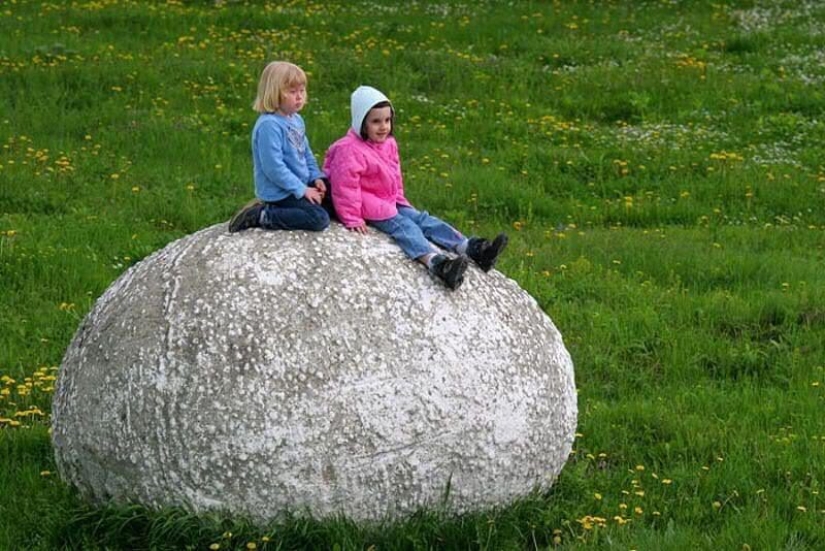
Proof of the neglect of amazing rock neighbors that travanti used as a building and finishing material. In addition, rural cemeteries of southern Romania, spherical boulders set as monuments.
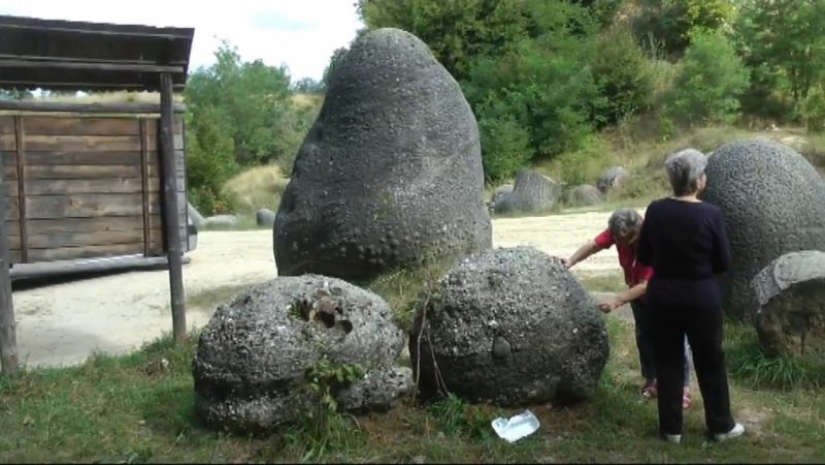
In the early 2000-ies, the government finally noticed travanti and took them under his protection. The largest of them was described and recorded in the register as monuments of nature. In 2006, in the district of vâlcea, near the town of Costesti, opened the "Museum of travanto", where all countries have taken the most unusual and large stones. The most spectacular trovanti in this exhibition under the open sky reach 10 meters in height.
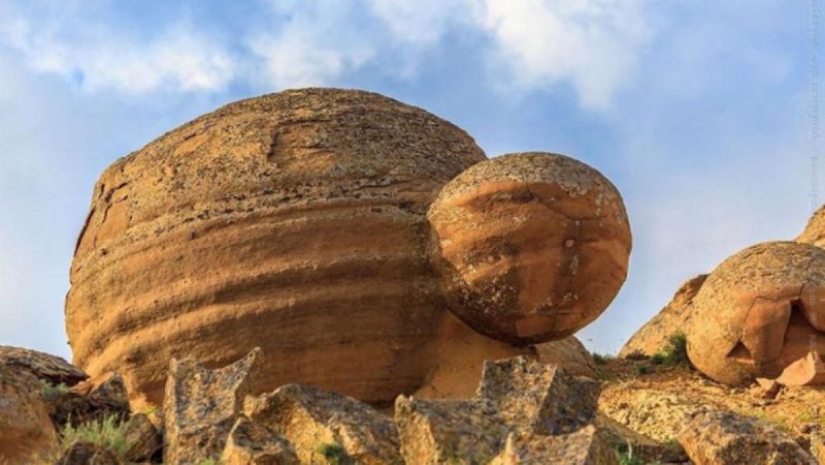
Trovanti Kazakhstan
Stones, similar to travanti, there and in other places in the world: Kazakhstan, Russia and Laos. They differ from Romanian chemical composition and color, but very similar in their properties. But in Chile it is possible to meet the real living stones, or rather, the marine life, ascidia, outwardly indistinguishable from a stone.
Keywords: Geology | Life | Nature reserve | Stones | Minerals | Romania | Mystery
Post News ArticleRecent articles

Soon the New year, which means it's time to review Christmas movies, buying gifts, planning the celebration and decorate their ...

An old tradition to eat alcohol, kebabs, sausages and other meat products obviously there for a reason. Our ancestors, having a ...
Related articles

It is not 100% to say that tomorrow is with us nothing bad will happen, because often life throws up surprises when least expected. ...

Who does not know the greatest French singer, whose songs have become world hits, and she herself is an example for millions to ...

Ladies, no offense, but men are better at navigating the terrain than you are. Men, do not be offended, but ladies are better than ...

Artists perpetuate the images of his muses in paintings, sculptures and other works. Them they draw inspiration for creativity. ...